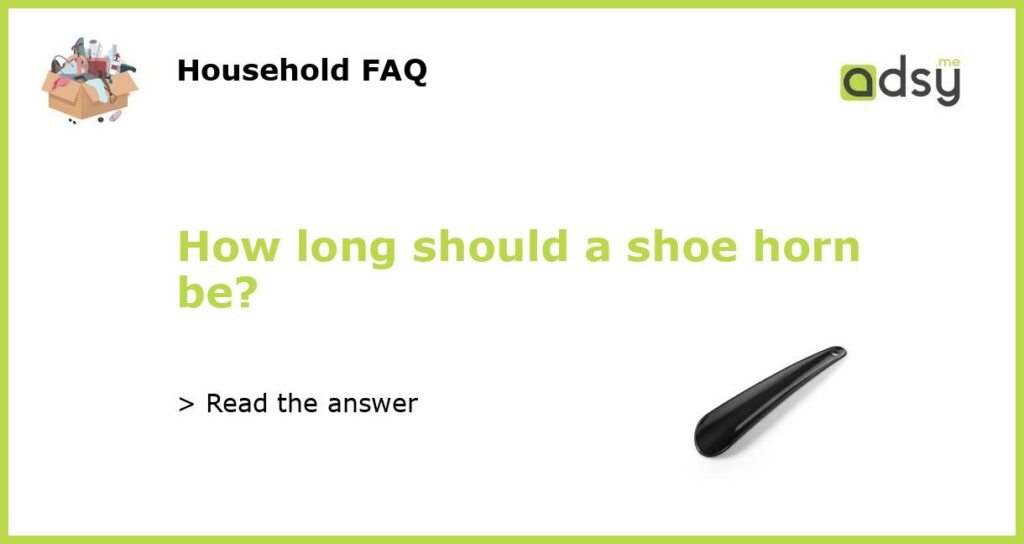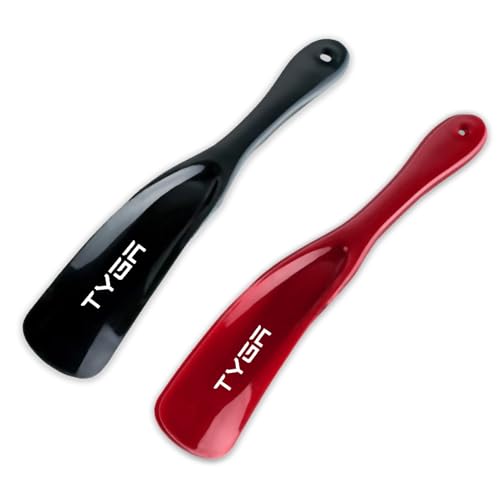Why the length of a shoe horn matters
Shoe horns are essential tools to ease the process of wearing shoes. However, the size of the shoe horn, especially its length, can affect its effectiveness. The length of the shoe horn determines how much leverage you can get to slip your foot into the shoe without bending your back or ruining the heel-counter. It also determines the degree of control, comfort and the level of convenience you or the wearer can experience. Here’s what to consider when selecting the length of a shoe horn.
The standard length of a shoe horn
A standard length of the shoe horn is about 60 cm or two feet. This length is designed to give the necessary leverage, especially for people with back issues or mobility challenges. Besides, it’s great for people who prefer to wear their shoes while standing. It also prevents the heel counter from losing its shape or getting crushed every time you wear your shoes.
When to use a shorter shoe horn
A shorter shoe horn is suitable for shorter people or people who need a more compact shoe horn for traveling or storage. Also, if you are sitting or lying down while wearing your shoes, a shorter shoe horn may suffice. The length of your foot may also determine the length of your shoe horn. If your foot is small, a shorter shoe horn may give you the necessary leverage without scraping the back of your foot.
When to use a longer shoe horn
A longer shoe horn is suitable for taller people or people who find it challenging to bend or turn their back while wearing shoes. It can also come in handy if you wear boots or shoes that have a high heel counter, such as cowboy boots, combat boots, or certain dress shoes. With a longer shoe horn, you can enjoy the necessary control and comfort while wearing such shoes.
The length of your shoe horn depends on your preference, shoe type, and physical ability. It is essential to choose the right length of the shoe horn for efficient, comfortable, and convenient use.






